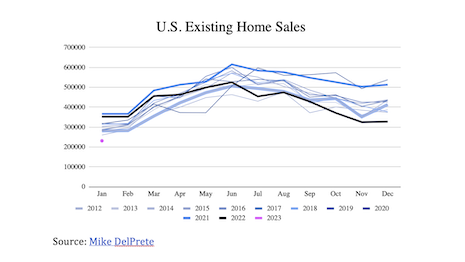- No categories
- About
- Membership
- Networking & Events
- Research
- News
- Free Newsletter
- Luxury Class
- Partners
-
Most Read
- 2025 likely to be time of reckoning for many fashion brands: report
- Come join us: Luxury Outlook Summit 2024, Jan. 17, New York

- How luxury brands should retain the attention of Very Important Clients and One-Percenters in China and elsewhere

- LVMH debuts new employer brand campaign to retain loyalty of employees
- Concours on Savile Row to return to London, pair bespoke tailors with fine cars and fans
- Report: Millennials, women key drivers behind perfume market growth
- Columbia MBA students proffer customer engagement ideas to Loro Piana, Tiffany, Ralph Lauren
- Limited seats – register now for Luxury Outlook Summit 2024 New York Jan. 17

- 1 week left! Have you registered for the Luxury Outlook Summit New York?

- Why licensing in luxury and fashion maintains its allure

-
Latest Headlines
-
Webinar Dec. 5: Luxury’s Crisis with Fleeing Younger Gens and Dwindling Exclusivity: Next Steps

-
Global luxury to post flat growth at $1.6 trillion for 2024, sheds 50M customers in 2 years

-
Global luxury spending, at $1.6 trillion, is flat for 2024 as 50M customers leave market and top customers question exclusivity value prop

- Art collectors increasingly opportunistic this fall as they eye current market: report
- Chocolate brown ends green’s run as top color, Murano-glass lighting is back: 2025 design trends report
- 2025 likely to be time of reckoning for many fashion brands: report
-
Tania Bulhões, new owner of French porcelain icon Royal Limoges, eyes potential of US market in global homeware push

-
Pictures from Luxury Roundtable’s Luxury Agent Forum New York Oct. 30

-
Inviting nominations for the Luxury Roundtable Awards for 2024

-
Register now for the Global Wealth Conference New York Nov. 13!

-
Webinar Dec. 5: Luxury’s Crisis with Fleeing Younger Gens and Dwindling Exclusivity: Next Steps
- Join Our Luxury Program
- My Account Log In Log Out
- 2025 likely to be time of reckoning for many fashion brands: report
- Come join us: Luxury Outlook Summit 2024, Jan. 17, New York

- How luxury brands should retain the attention of Very Important Clients and One-Percenters in China and elsewhere

- LVMH debuts new employer brand campaign to retain loyalty of employees
- Concours on Savile Row to return to London, pair bespoke tailors with fine cars and fans
- Report: Millennials, women key drivers behind perfume market growth
- Columbia MBA students proffer customer engagement ideas to Loro Piana, Tiffany, Ralph Lauren
- Limited seats – register now for Luxury Outlook Summit 2024 New York Jan. 17

- 1 week left! Have you registered for the Luxury Outlook Summit New York?

- Why licensing in luxury and fashion maintains its allure












